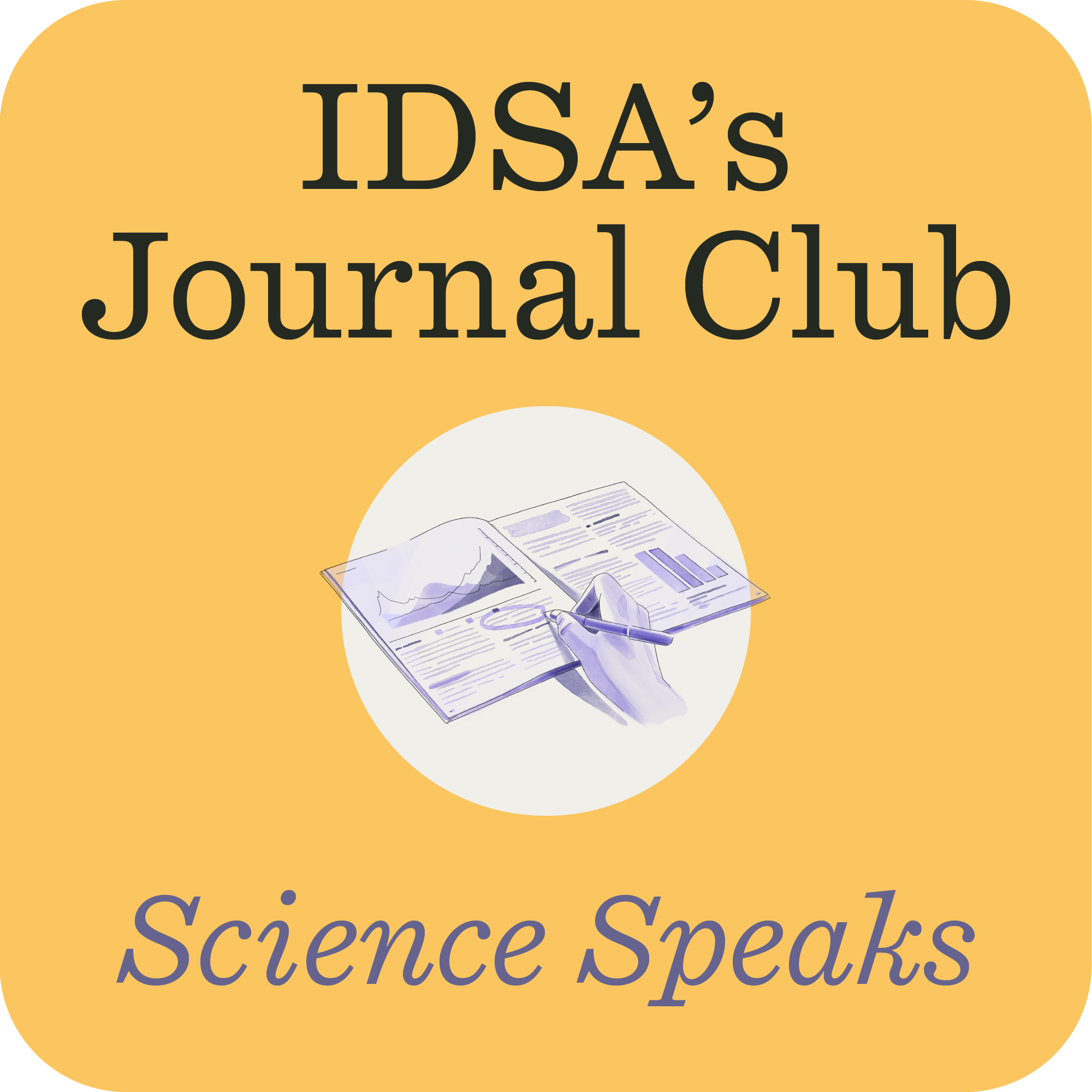 A recent emphasis on “shorter is better” has emerged in our field, with several studies noting similar clinical outcomes with shorter versus longer courses of antimicrobial therapy, most recently culminating in the BALANCE trial that assessed planned 7 days of antimicrobial therapy for bacteremia not caused by organisms that would otherwise require prolonged treatment (e.g., Staphylococcus aureus). This study found that 7 days was indeed noninferior to 14 days of treatment with respect to mortality and several secondary outcomes.
A recent emphasis on “shorter is better” has emerged in our field, with several studies noting similar clinical outcomes with shorter versus longer courses of antimicrobial therapy, most recently culminating in the BALANCE trial that assessed planned 7 days of antimicrobial therapy for bacteremia not caused by organisms that would otherwise require prolonged treatment (e.g., Staphylococcus aureus). This study found that 7 days was indeed noninferior to 14 days of treatment with respect to mortality and several secondary outcomes.
It is intuitive to think that a shorter course of antimicrobial therapy would reduce gut microbiome perturbation and eventual development of future antimicrobial-resistant infections, but data are surprisingly limited to back up these assertions. A recent subanalysis of the BALANCE trial published in Open Forum Infectious Diseases provides some context and perhaps raises more questions than it answers.
The authors collected rectal swabs from 131 participants in the BALANCE trial with the plan to obtain swabs on the day of study enrollment (typically day 2 or 3 of antimicrobial therapy), day 7 and day 14, with a focus on change in gut microbiome diversity and carriage of antimicrobial resistance genes on days 7 and 14 across the 7-day versus 14-day group. Twenty-eight participants in the 14-day group and 13 in the 7-day group had paired samples at days 7 and 14: No differences in microbiome diversity and carriage of antimicrobial resistance genes were seen. Furthermore, there was no difference seen in these parameters from enrollment to day 7. The 7-day treatment group received piperacillin-tazobactam more frequently and had less samples collected due to earlier discharge from the hospital.
This study is limited by the imbalances in antimicrobial therapy and swab collection at day 14 mentioned above but nevertheless calls into question just how much a shorter course of antimicrobial therapy can affect the gut microbiome. It may very well be that more time than 14 days after treatment onset is needed to assess changes in gut microbiome with antimicrobial therapy (as suggested in this article). Hospital diet may also play a role.
It may be that from an antimicrobial stewardship perspective, decreasing the “original sin” of antimicrobial therapy with improved diagnostic stewardship may be more effective in protecting the microbiome than prescribing a shorter course, per se. While data are clearer on shorter courses of antimicrobial therapy being associated with reduced antimicrobial-associated side effects, if we want to truly assess the effect of shorter courses on the gut microbiome, more work is needed.
(Armstrong et al. Open Forum Infect Dis. 2025;12(3):ofaf137.)
